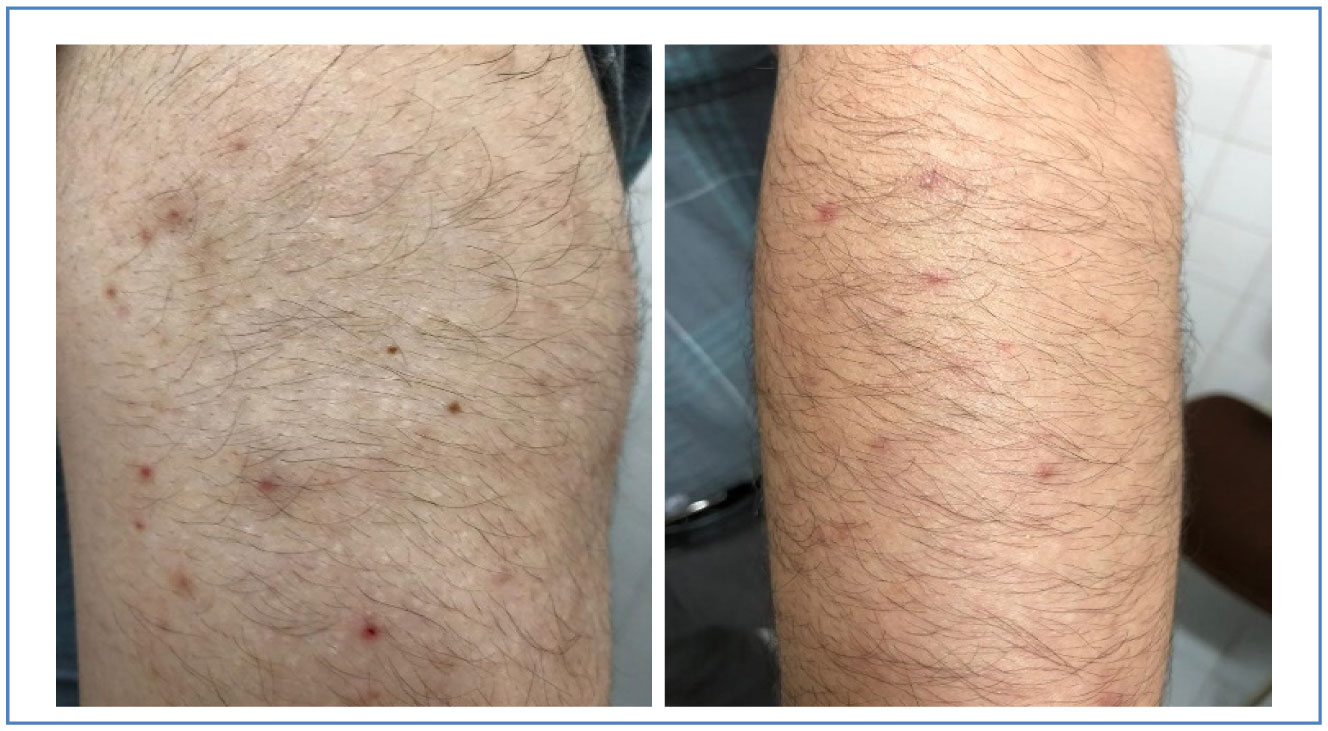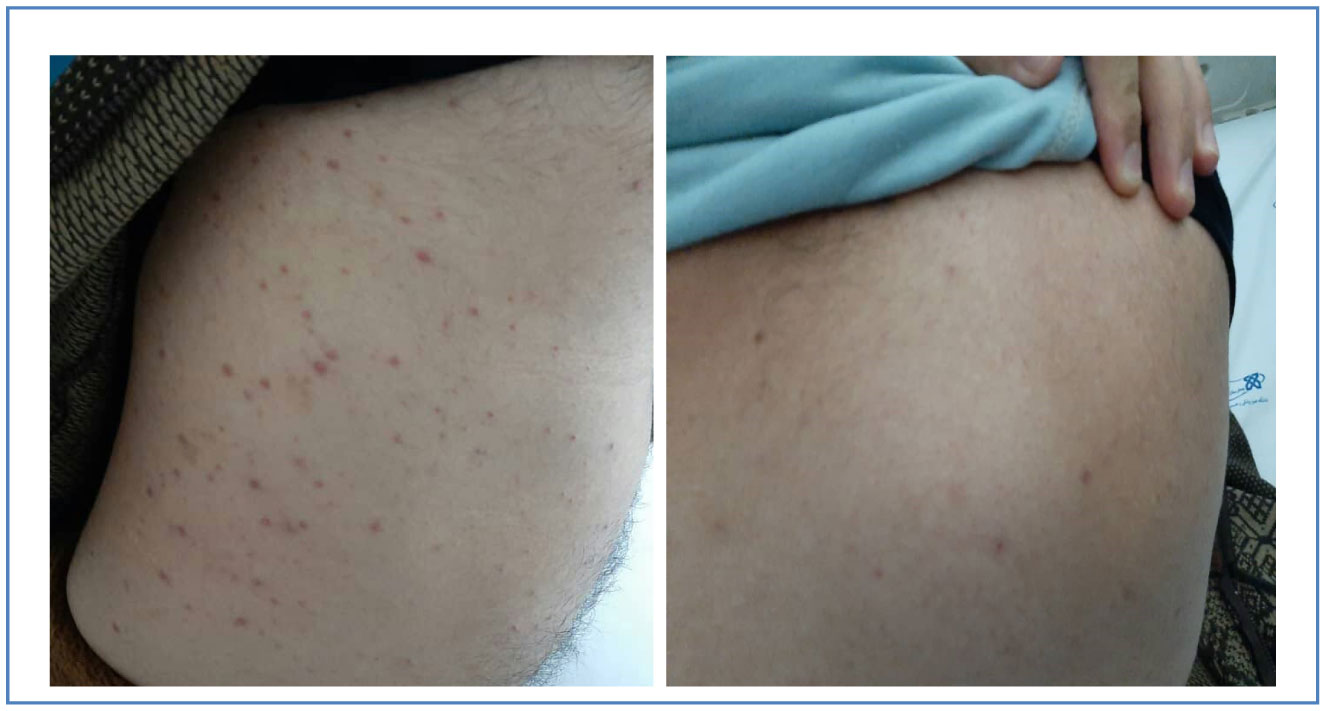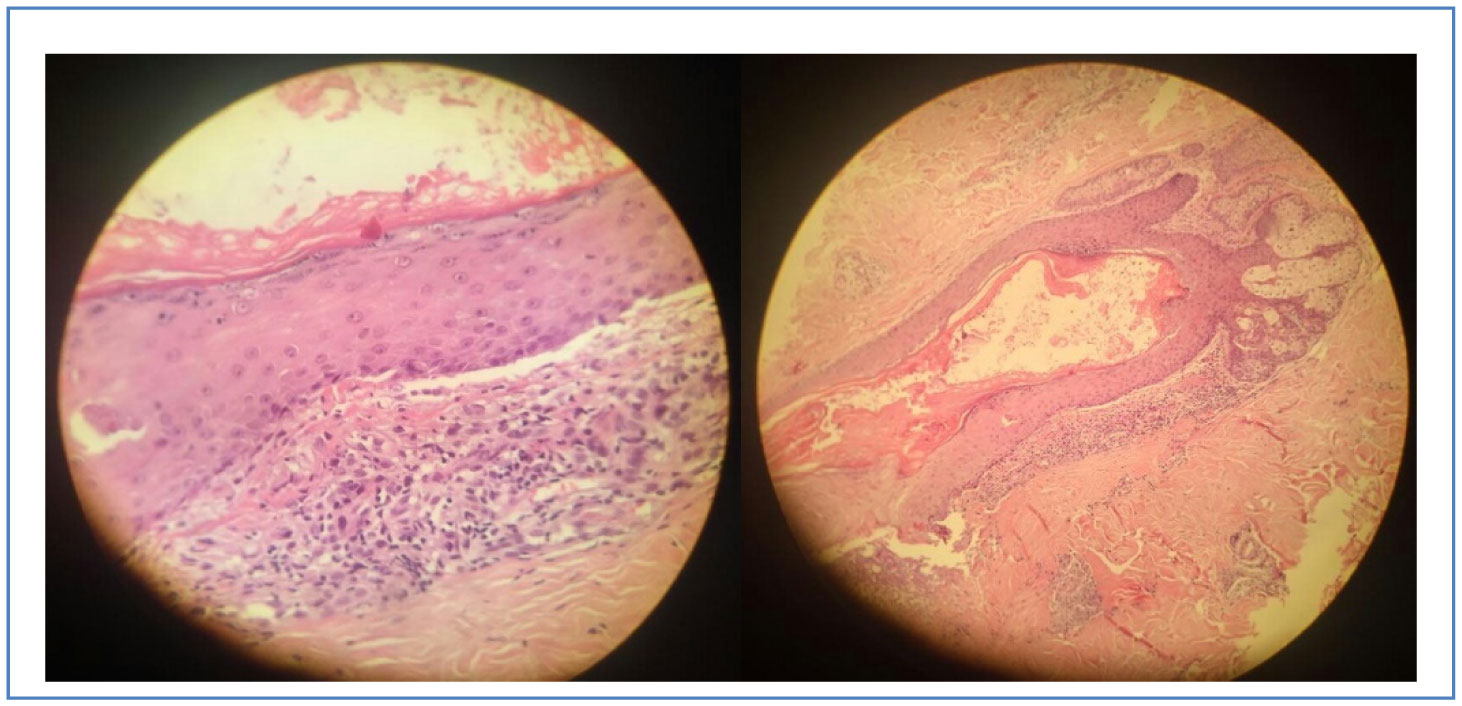|
[1]
|
R. Clausius, The mechanical theory of heat, London, UK: McMillan and Co., 1865.
|
|
[2]
|
C. E. Shannon, A mathematical theory of communication, The Bell System Technical Journal, 27 (1948), 379–423. https://doi.org/10.1002/j.1538-7305.1948.tb01338.x doi: 10.1002/j.1538-7305.1948.tb01338.x

|
|
[3]
|
J. M. Amigó, S. G. Balogh, S. Hernández, A brief review of generalized entropies, Entropy, 20 (2018), 813. https://doi.org/10.3390/e20110813 doi: 10.3390/e20110813

|
|
[4]
|
A. Rényi, On measures of entropy and information, In: Proceedings of the fourth Berkeley symposium on mathematical statistics and probability, volume 1: contributions to the theory of statistics, 1961,547–561.
|
|
[5]
|
C. Tsallis, Possible generalization of Boltzmann–Gibbs statistics, J. Stat. Phys., 52 (1988), 479–487. https://doi.org/10.1007/BF01016429 doi: 10.1007/BF01016429

|
|
[6]
|
R. A. Bantan, M. Elgarhy, C. Chesneau, F. Jamal, Estimation of entropy for inverse Lomax distribution under multiple censored data, Entropy, 22 (2020), 601. https://doi.org/10.3390/e22060601 doi: 10.3390/e22060601

|
|
[7]
|
A. A. Al-Babtain, I. Elbatal, C. Chesneau, M. Elgarhy, Estimation of different types of entropies for the Kumaraswamy distribution, PLoS ONE, 16 (2021), e0249027. https://doi.org/10.1371/journal.pone.0249027 doi: 10.1371/journal.pone.0249027

|
|
[8]
|
T. Brochet, J. Lapuyade-Lahorgue, A. Huat, S. Thureau, D. Pasquier, I. Gardin, et al., A quantitative comparison between Shannon and Tsallis–Havrda–Charvat entropies applied to cancer outcome prediction, Entropy, 24 (2022), 436. https://doi.org/10.3390/e24040436 doi: 10.3390/e24040436

|
|
[9]
|
H. Okasha, M. Nassar, Product of spacing estimation of entropy for inverse Weibull distribution under progressive type-Ⅱ censored data with applications, J. Taibah Univ. Sci., 16 (2022), 259–269. https://doi.org/10.1080/16583655.2022.2046945 doi: 10.1080/16583655.2022.2046945

|
|
[10]
|
H. Ren, X. Hu, Bayesian estimations of Shannon entropy and Rényi entropy of inverse Weibull distribution, Mathematics, 11 (2023), 2483. https://doi.org/10.3390/math11112483 doi: 10.3390/math11112483

|
|
[11]
|
F. M. A. Alam, M. Nassar, On entropy estimation of inverse Weibull distribution under improved adaptive progressively Type-Ⅱ censoring with applications, Axioms, 12 (2023), 751. https://doi.org/10.3390/axioms12080751 doi: 10.3390/axioms12080751

|
|
[12]
|
E. A. Ahmed, M. El-Morshedy, L. A. Al-Essa, M. S. Eliwa, Statistical inference on the entropy measures of gamma distribution under progressive censoring: EM and MCMC algorithms, Mathematics, 11 (2023), 2298. https://doi.org/10.3390/math11102298 doi: 10.3390/math11102298

|
|
[13]
|
A. Feutrill, M. Roughan, A review of Shannon and differential entropy rate estimation, Entropy, 23 (2021), 1046. https://doi.org/10.3390/e23081046 doi: 10.3390/e23081046

|
|
[14]
|
A. Z. Keller, M. T. Goblin, N. R. Farnworth, Reliability analysis of commercial vehicle engines, Reliability Engineering, 10 (1985), 15–25. https://doi.org/10.1016/0143-8174(85)90039-3 doi: 10.1016/0143-8174(85)90039-3

|
|
[15]
|
P. Xiuyun, Y. Zaizai, Bayesian estimation and prediction for the inverse Weibull distribution under general progressive censoring, Commun. Stat.-Theor. Meth., 45 (2016), 621–635. https://doi.org/10.1080/03610926.2013.834452 doi: 10.1080/03610926.2013.834452

|
|
[16]
|
K. Lee, Estimation of entropy of the inverse Weibull distribution under generalized progressive hybrid censored data, Journal of the Korean Data and Information Science Society, 28 (2017), 659–668.
|
|
[17]
|
A. S. Hassan, A. N. Zaky, Estimation of entropy for inverse Weibull distribution under multiple censored data, J. Taibah Univ. Sci., 13 (2019), 331–337. https://doi.org/10.1080/16583655.2019.1576493 doi: 10.1080/16583655.2019.1576493

|
|
[18]
|
N. Jana, S. Bera, Interval estimation of multicomponent stress–strength reliability based on inverse Weibull distribution, Math. Comput. Simulat., 191 (2022), 95–119. https://doi.org/10.1016/j.matcom.2021.07.026 doi: 10.1016/j.matcom.2021.07.026

|
|
[19]
|
M. Maswadah, An optimal point estimation method for the inverse Weibull model parameters using the Runge-Kutta method, Aligarh Journal of Statistics, 41 (2021), 1–22.
|
|
[20]
|
M. Kayid, M. A. Alshehri, Modified maximum likelihood estimation of the inverse Weibull model, Axioms, 12 (2023), 961. https://doi.org/10.3390/axioms12100961 doi: 10.3390/axioms12100961

|
|
[21]
|
Z. Mou, G. Liu, J.-Y. Chiang, S. Chen, Inference on the reliability of inverse Weibull with multiply Type-Ⅰ censored data, J. Stat. Comput. Sim., 94 (2024), 2189–2209. https://doi.org/10.1080/00949655.2024.2324366 doi: 10.1080/00949655.2024.2324366

|
|
[22]
|
B. Epstein, Truncated life tests in the exponential case, Ann. Math. Statist., 25 (1954), 555–564. https://doi.org/10.1214/aoms/1177728723 doi: 10.1214/aoms/1177728723

|
|
[23]
|
A. Childs, B. Chandrasekar, N. Balakrishnan, D. Kundu, Exact likelihood inference based on Type-Ⅰ and Type-Ⅱ hybrid censored samples from the exponential distribution, Ann. Inst. Stat. Math., 55 (2003), 319–330. https://doi.org/10.1007/BF02530502 doi: 10.1007/BF02530502

|
|
[24]
|
B. Chandrasekar, A. Childs, N. Balakrishnan, Exact likelihood inference for the exponential distribution under generalized Type-Ⅰ and Type-Ⅱ hybrid censoring, Nav. Res. Log., 51 (2004), 994–1004. https://doi.org/10.1002/nav.20038 doi: 10.1002/nav.20038

|
|
[25]
|
N. Balakrishnan, A. Rasouli, N. Sanjari Farsipour, Exact likelihood inference based on an unified hybrid censored sample from the exponential distribution, J. Stat. Comput. Sim., 78 (2008), 475–488. https://doi.org/10.1080/00949650601158336 doi: 10.1080/00949650601158336

|
|
[26]
|
J. Yu, W. Gui, Y. Shan, Statistical inference on the Shannon entropy of inverse Weibull distribution under the progressive first-failure censoring, Entropy, 21 (2019), 1209. https://doi.org/10.3390/e21121209 doi: 10.3390/e21121209

|
|
[27]
|
R. Xu, W. Gui, Entropy estimation of inverse Weibull distribution under adaptive type-Ⅱ progressive hybrid censoring schemes, Symmetry, 11 (2019), 1463. https://doi.org/10.3390/sym11121463 doi: 10.3390/sym11121463

|
|
[28]
|
K. Lee, Bayesian and maximum likelihood estimation of entropy of the inverse Weibull distribution under generalized type Ⅰ progressive hybrid censoring, Commun. Stat. Appl. Meth., 27 (2020), 469–486. https://doi.org/10.29220/CSAM.2020.27.4.469 doi: 10.29220/CSAM.2020.27.4.469

|
|
[29]
|
S. F. Ateya, Estimation under inverse Weibull distribution based on Balakrishnan's unified hybrid censored scheme, Commun. Stat.-Simul. Comput., 46 (2017), 3645–3666. https://doi.org/10.1080/03610918.2015.1099666 doi: 10.1080/03610918.2015.1099666

|
|
[30]
|
Y. E. Jeon, S. B. Kang, Estimation of the Rayleigh distribution under unified hybrid censoring, Aust. J. Stat., 50 (2021), 59–73. https://doi.org/10.17713/AJS.V50I1.990 doi: 10.17713/AJS.V50I1.990

|
|
[31]
|
A. Alrashidi, A. Rabie, A. A. Mahmoud, S. G. Nasr, M. S. Mustafa, A. Al Mutairi, et al., Exponentiated gamma constant-stress partially accelerated life tests with unified hybrid censored data: statistical inferences, Alex. Eng. J., 88 (2024), 268–275. https://doi.org/10.1016/j.aej.2023.12.066 doi: 10.1016/j.aej.2023.12.066

|
|
[32]
|
W. H. Greene, Econometric analysis, 7 Eds., Upper Saddle River, New Jersey: Pearson Prentice-Hall, 2012.
|
|
[33]
|
A. Elshahhat, W. S. Abu El Azm, Statistical reliability analysis of electronic devices using generalized progressively hybrid censoring plan, Qual. Reliab. Eng. Int., 38 (2022), 1112–1130. https://doi.org/10.1002/qre.3058 doi: 10.1002/qre.3058

|
|
[34]
|
S. Zhou, A. Xu, Y. Tang, L. Shen, Fast Bayesian inference of reparameterized gamma process with random effects, IEEE Trans. Reliab., 73 (2024), 399–412. https://doi.org/10.1109/TR.2023.3263940 doi: 10.1109/TR.2023.3263940

|
|
[35]
|
A. Henningsen, O. Toomet, maxLik: A package for maximum likelihood estimation in R, Comput. Stat., 26 (2011), 443–458. https://doi.org/10.1007/s00180-010-0217-1 doi: 10.1007/s00180-010-0217-1

|
|
[36]
|
M. Plummer, N. Best, K. Cowles, K. Vines, CODA: convergence diagnosis and output analysis for MCMC, R News, 6 (2006), 7–11.
|
|
[37]
|
A. Elshahhat, B. R. Elemary, Analysis for Xgamma parameters of life under Type-Ⅱ adaptive progressively hybrid censoring with applications in engineering and chemistry, Symmetry, 13 (2021), 2112. https://doi.org/10.3390/sym13112112 doi: 10.3390/sym13112112

|
|
[38]
|
R. Alotaibi, M. Nassar, Z. A. Khan, A. Elshahhat, Statistical analysis of stress–strength in a newly inverted Chen model from adaptive progressive Type-Ⅱ censoring and modelling on light-emitting diodes and pump motors, AIMS Math., 9 (2024), 34311–34355. https://doi.org/10.3934/math.20241635 doi: 10.3934/math.20241635

|
|
[39]
|
M. Nassar, R. Alotaibi, A. Elshahhat, E‐Bayesian estimation using spacing function for inverse Lindley adaptive Type‐Ⅰ progressively censored samples: comparative study with applications, Appl. Bionics Biomech., 2024 (2024), 5567457. https://doi.org/10.1155/2024/5567457 doi: 10.1155/2024/5567457

|
|
[40]
|
R. Alotaibi, M. Nassar, Z. A. Khan, A. Elshahhat, Analysis of Weibull progressively first-failure censored data with beta-binomial removals, AIMS Math., 9 (2024), 24109–24142. https://doi.org/10.3934/math.20241172 doi: 10.3934/math.20241172

|
|
[41]
|
I. Elbatal, M. Nassar, A. B. Ghorbal, L. S. G. Diab, A. Elshahhat, Bayesian and E-Bayesian reliability analysis of improved adaptive Type-Ⅱ progressive censored inverted Lindley data, IEEE Access, 12 (2024), 101829–101841. https://doi.org/10.1109/ACCESS.2024.3408042 doi: 10.1109/ACCESS.2024.3408042

|
|
[42]
|
R. Alotaibi, M. Nassar, A. Elshahhat, Analysis of reliability indicators for inverted Lomax model via improved adaptive Type‐Ⅱ progressive censoring plan with applications, Complexity, 2024 (2024), 4848673. https://doi.org/10.1155/2024/4848673 doi: 10.1155/2024/4848673

|
|
[43]
|
M. Nassar, A. Elshahhat, Estimation procedures and optimal censoring schemes for an improved adaptive progressively Type-Ⅱ censored Weibull distribution, J. Appl. Stat., 51 (2024), 1664–1688. https://doi.org/10.1080/02664763.2023.2230536 doi: 10.1080/02664763.2023.2230536

|
|
[44]
|
D. N. P. Murthy, M. Xie, R. Jiang, Weibull models, Hoboken, NJ, USA: Wiley, 2004. https://doi.org/10.1002/047147326X
|
|
[45]
|
H. S. Mohammed, A. Elshahhat, R. Alotaibi, Inferences of inverted gompertz parameters from an adaptive Type-Ⅱ progressive hybrid censoring, Phys. Scr., 98 (2023), 105222. https://doi.org/10.1088/1402-4896/acf5ad doi: 10.1088/1402-4896/acf5ad

|
|
[46]
|
B. Efron, Logistic regression, survival analysis, and the Kaplan-Meier curve, J. Amer. Stat. Assoc., 83 (1988), 414–425. https://doi.org/10.1080/01621459.1988.10478612 doi: 10.1080/01621459.1988.10478612

|
|
[47]
|
A. Elshahhat, M. Nassar, Analysis of adaptive Type-Ⅱ progressively hybrid censoring with binomial removals, J. Stat. Comput. Sim., 93 (2023), 1077–1103. https://doi.org/10.1080/00949655.2022.2127149 doi: 10.1080/00949655.2022.2127149

|









 DownLoad:
DownLoad:














